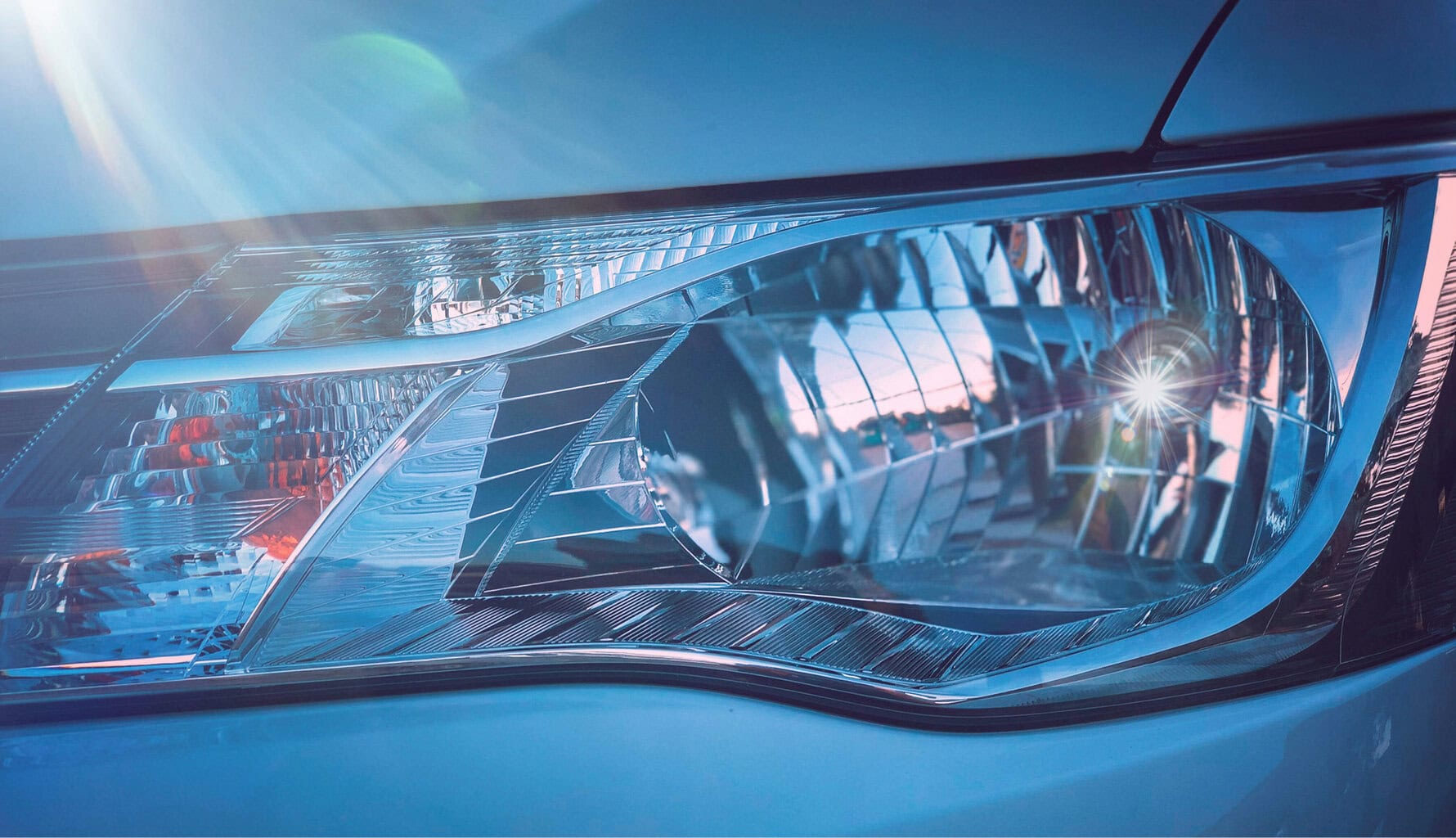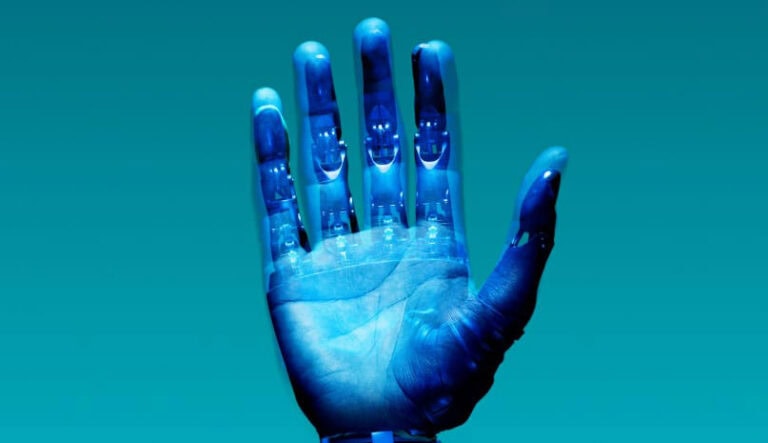By Solange Velazquez, Managing Director
For over a century, the automobile has been synonymous with freedom and independence. Whether cruising down the highway in a convertible or packing up the family for a road trip, the car is an iconic symbol of American culture as depicted in countless films, television shows, and advertising campaigns.
But it is becoming harder for Americans to afford to buy a car, whether new or used. And that is making it difficult for dealerships to remain profitable.
The Pandemic’s Lasting Effects on the Auto Market
Though the auto industry is no stranger to tough economic environments, today’s market is unprecedented. The pandemic was a major turning point for the auto industry. As restaurants, schools, and workplaces closed, people feared exposure to COVID-19 and needed reliable transportation as an alternative to subways, buses, and trains. Cars offered literal lifelines. But getting a car had become increasingly difficult.
From Supply Chain Shortages to High Interest Rates to Tariffs
Shuttered assembly lines and chip shortages disrupted supply chains, which reduced the availability of new cars and drove up pricing.
As new cars flew off lots, manufacturers pulled back on less-profitable lease deals in favor of sales. Typically, when three-year leases expire, newly returned vehicles move into the used-car pipeline. But the scarcity of lease deals put a crimp in the used-car market over the last several years, which, in turn, led to higher prices.
Even though supply chains have normalized today, the new and used-car markets have yet to fully stabilize.
High interest rates are hurting consumers. So, too, are manufacturer preferences for higher-end models. Today, the average price of a new car is almost $50,000—a near-record high—or roughly $10,000 more than it was five years ago. Additionally, buyers hoping to defray some of the expense of a new car with trade-ins on their old vehicles are finding that their equity isn’t going as far as it used to.
In the used-car market, buyers are encountering a similar situation, with pricing stuck above historic norms, and inventory remaining low. This is making it tough for customers to find cars priced below $20,000.
Of course, there’s also the elephant in the room: tariffs. With rising tariffs and ongoing uncertainty around the pricing of foreign-made passenger vehicles, light trucks, and auto parts, many new-car buyers will be priced out of the market altogether. According to traditional financial guidelines, consumers should spend no more than 10% of their take-home pay on car payments. Today, the average car payment is around that 10% threshold, but, with the addition of tariffs, that figure is expected to increase to about 15%.
Using Technology to Boost Profit Margins
With a shrinking pool of auto buyers, dealerships have had to reduce prices to win business, which is further cutting into their profitability. In 2024, the average pre-tax profitability of dealership franchises in the United States dropped 24.4%.
How can dealerships remain profitable and compete for business? Many dealers are finding that advanced technology is essential to cutting costs and improving efficiency throughout the buyer’s journey.
Over the past several years, application programming interface (API) software—which allows software to send and receive information from other programs— has allowed car dealerships to connect with buyers at all three buying phases: before, during and after.
Connecting with Buyers from the Start
From vehicle search to pre-qualification, prospective car buyers can use technology to zero in on the right vehicle, with features and financing packages that meet their specifications. This is important because the average sales conversion rate for a car dealership is low—roughly 8% to 15%. Arming shoppers with information to streamline the buying process not only saves them time; it can help car dealerships improve their close rates and boost profitability.
We’re already seeing the correlation between digital tools and improved car-buying sentiment. According to the 2024 Car Buyer Journey (CBJ) Study, the satisfaction rate among new-car buyers is now at an all-time high, with 75% of buyers reporting a good experience. The surge in satisfaction rates is largely attributed to advancements in digital tools, pricing transparency, and a balance between online and in-person dealership experiences.
Setting Up Buyers for Success
In the beginning of the car-buying process, potential customers can use software to search for available inventory at dealerships and choose from among a recommended list of vehicles that meet their specific criteria and features.
As buyers move closer to selecting their preferred model, they typically consider three factors: Does the vehicle meet my needs? Is it better than my other options? And can I afford it?
Typically, financing and insurance are among the most complex, tedious and time-consuming aspects of car buying. But shoppers can use AI-driven platforms to streamline the process before they even set foot in a dealership, with tools to verify their income and insurance, obtain transparent pricing, and consider various financing options and loan terms.
In today’s highly competitive environment, dealerships are seeking every advantage to better connect with customers and enhance the buying experience. By embracing technologies that streamline each step of the process – from initial search to final sale – dealerships are not only meeting the evolving consumer expectations but also positioning themselves for long-term success in an increasingly digital marketplace.
This is part one in a three-part series. Next up: technology to boost profitability during the car buying process.
Visit Solomon Technology


